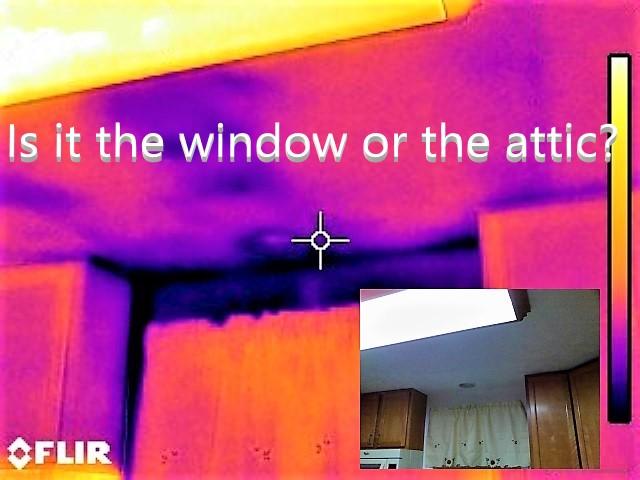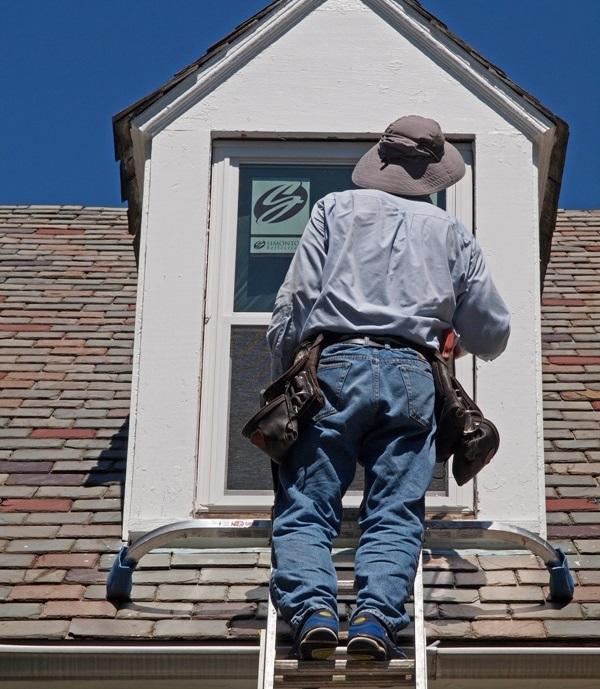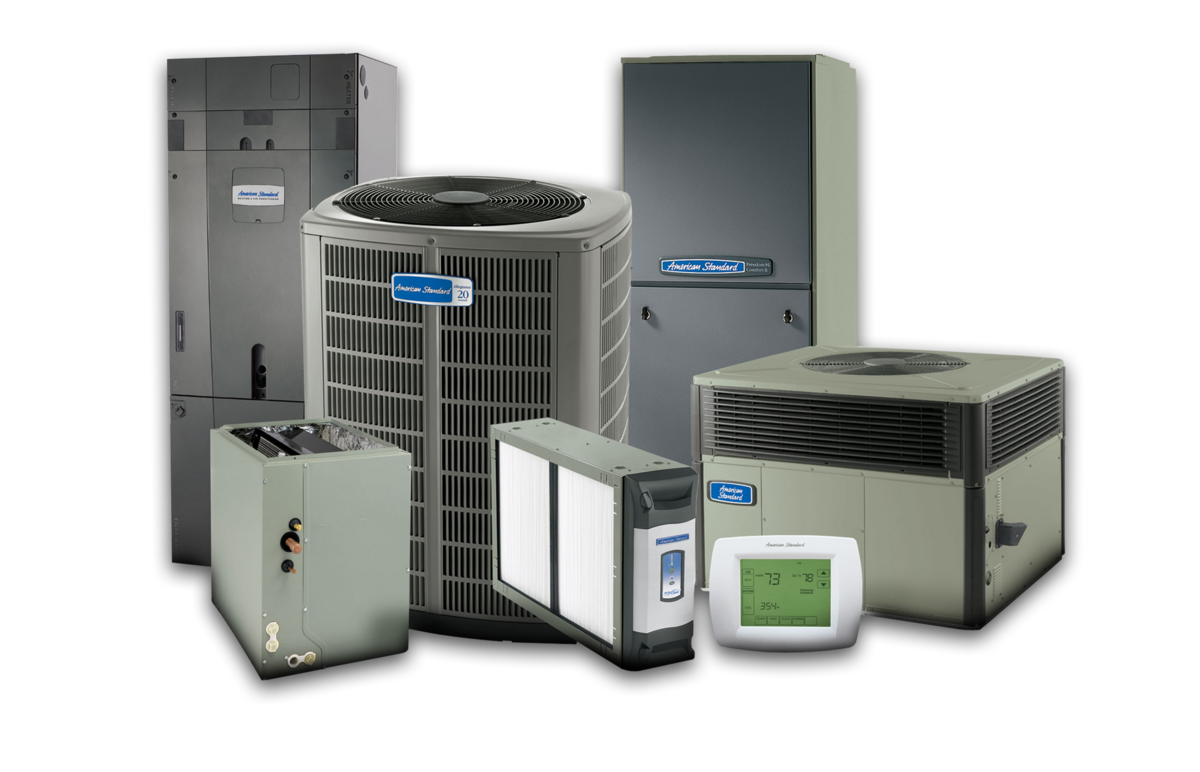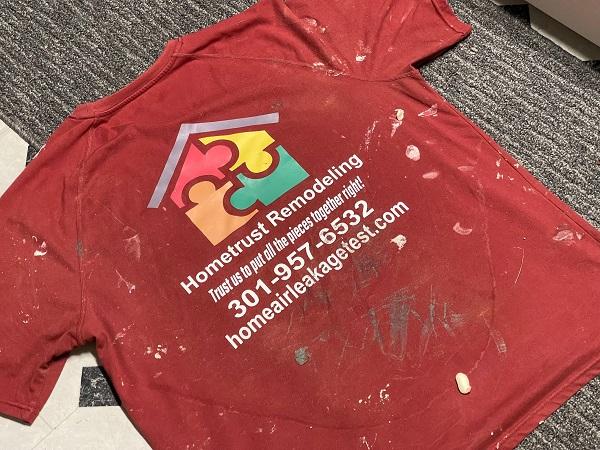Residential Comfort & Energy EfficiencyThursday, March 17 2022
We all get them. We all stopped looking at them. But, every once in a while it pops up in an email and you see your score. Its never good. You ask yourself - what else can I do? You are energy conscious. You consistently review your energy usage habits. Learn the true focal point of how to save energy and avoid choosing the wrong solution to the problem. Saturday, January 29 2022
This townhouse in Randallstown MD has a major insulation problem in the attic that was discovered during a BGE home energy audit. High ceilings and insulation techniques that are complicated to execute properly were the cause. Check out exactly what this builder did wrong and how to get it fixed... Sunday, October 17 2021
Written by Eric Gans - Owner, Energy Auditor & Maryland Homeowner Wednesday, October 06 2021
Written by Eric Gans - Owner, Energy Auditor & Maryland Homeowner And, despite this provable fact, thousands and thousands of Maryland homeowners are replacing windows in advance of the cold weather. But, I have news for you. Getting your windows replaced will not solve your drafty house problem. There is a reason that there are thousands searching online each day for answers to "why are my new windows still drafty?". Monday, October 04 2021
Written by Eric Gans - Owner, Energy Auditor & Maryland Homeowner Chances are very high that you got a home inspection during the process and it has a list of things you need to do to keep it up to "code". But, I am willing to bet that the list is missing many important things that can make your home super cozy and more energy efficient. Thursday, September 09 2021
Written by Eric Gans - Owner, Energy Auditor & Maryland Homeowner This is great for homeowners that need help finding ways to improve comfort around their home. Start 2022 off using these 5 things you can do to make it more cozy in the winter and comfortable in summer. Sunday, September 05 2021
Written by Eric Gans - Owner, Energy Auditor & Maryland Homeowner Learn how getting an energy audit through the program uses a special air leakage test to determine where your home leaks the most! Thursday, August 12 2021
Written by Eric Gans I have over 1500 energy audits under my belt in Maryland. I like to take my personal experiences with each of my audit customers and try to get the things that concern them out into the world so others can make good home improvement decisions - in the right order - according to their needs.
There is no doubt that the very best time to replace your HVAC is after you air seal and insulate your attic. That's right! For starters, BGE and Pepco will give you higher incentives to replace old equipment with new equipment, if you have properly tightened up your home's envelope. It is also common after a well managed insulation project to hear Maryland utility customers report that their old furnace seemed to be working much better and the AC finally shuts off for periods of time on those hot summer days. If this does not quite make sense to you then please continue to read so you can easily understand how important proper insulation is for your comfort and overall energy efficiency. Additionally, you can get a home energy assessment through your Maryland utility and an auditor from Hometrust can come to your home and talk to you about how this works. Three Reasons to Get a Home Energy AuditThere are three reasons to get a home energy audit before your replace your HVAC system and each will help you understand why sealing and insulation need to come first. Number 1: HVAC Units are Very Simple Machines
Just because your unit looks bad does not mean it is not working properly. Don't let your HVAC sales rep scare you into judging a book by its cover. It is more important to pass judgement on how the air feels coming out on the inside of your home.
HVAC components are simple machines that are built to run and run. Unless your unit is not producing warm or cool air when called upon to do so, replacing HVAC is not the answer to a more comfortable home or saving energy in big ways. The key to comfort is tightening up your "envelope". An energy auditor will talk to you about how to keep more of the air that you are paying for inside of your home. That is the end game. The HVAC runs less, lasts longer, costs less to operate and in the meantime - you gain comfort. That is a recipe for success. Number 2: Who Would Put a New Engine in a Boat with a Leak?It would be great if your friend bought a new motor for his boat. But, if you found out that he put the new motor in a boat that had several places it leaked, it would be odd. It would make much more sense to use the funds to fix the leak first, right?
You get the point here. Why purchase a new HVAC system if your house is poorly insulated? Worse, why install a new high efficiency HVAC system with leaky ducts? If the pathway that the air takes with a new HVAC system is the same as it is taking with the existing system, then not much will change with overall comfort and efficiency gains will be nominal. A BGE or Pepco energy audit will uncover any issues and provide cost-effective solutions to get the most out of your HVAC before making any decision.
Number 3: The Audit Unlocks Higher BGE RebatesCreate a smart plan that taps into the resources that are available to you through BGE and Pepco! And, don't feel pressure to make any quick decisions. Rushing to get an HVAC unit replaced is never a good idea. With a good maintenance routine and a comprehensive home energy audit this nightmare scenario can easily be avoided. As energy auditors we perform tests and collect information around your individual home and prepare a report that models energy usage and future usage if the recommended upgrades are made. When the air sealing and insulation is in place, the efficiency of the new HVAC reaches it's full potential and as a result the modeling software recognizes this and increases rebates associated with the savings - so generally, the higher the rebate - the higher the savings! Before Purchasing New HVAC in MarylandLearn about the Home Performance with ENERGY STAR® Program
|
Hometrust Remodeling
Proudly working in BGE & Pepco's Home Performance w/ ENERGY STAR program in Maryland to deliver whole-house energy savings to improve comfort & help protect the environment.
2025 Hometrust Remodeling | All Rights Reserved
An Energy Auditor's Purpose
"Energy auditors visit residential buildings and talk to owners and residents. They inspect, test, and measure to decide what energy-efficient retrofits are practical and cost-effective." Residential Energy
































